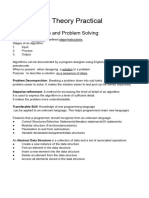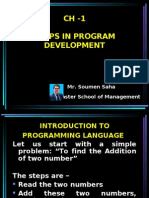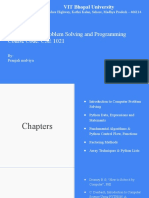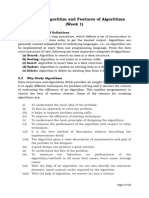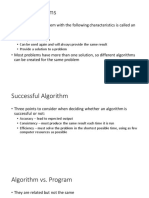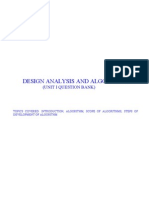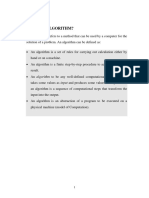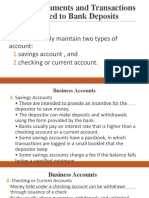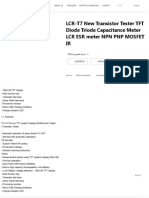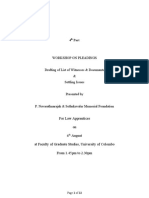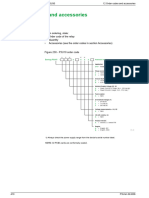0% found this document useful (0 votes)
21 views5 pagesUNIT I - Steps in The Development of Algorithm
The document outlines the steps involved in the development of an algorithm, including problem statement, design, validation, complexity analysis, implementation, testing, and documentation. It emphasizes the importance of understanding user needs and various algorithm design techniques, as well as the necessity of thorough testing to identify and fix bugs. Additionally, it describes different types of testing methods and the importance of comprehensive documentation for the completed software.
Uploaded by
mockbirdorgCopyright
© © All Rights Reserved
We take content rights seriously. If you suspect this is your content, claim it here.
Available Formats
Download as PDF, TXT or read online on Scribd
0% found this document useful (0 votes)
21 views5 pagesUNIT I - Steps in The Development of Algorithm
The document outlines the steps involved in the development of an algorithm, including problem statement, design, validation, complexity analysis, implementation, testing, and documentation. It emphasizes the importance of understanding user needs and various algorithm design techniques, as well as the necessity of thorough testing to identify and fix bugs. Additionally, it describes different types of testing methods and the importance of comprehensive documentation for the completed software.
Uploaded by
mockbirdorgCopyright
© © All Rights Reserved
We take content rights seriously. If you suspect this is your content, claim it here.
Available Formats
Download as PDF, TXT or read online on Scribd
/ 5

